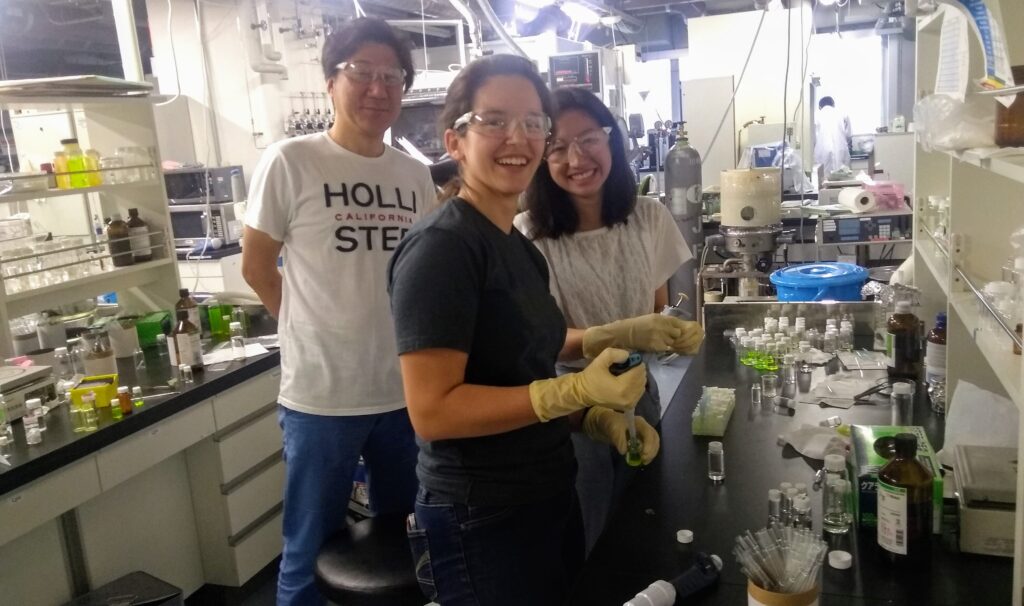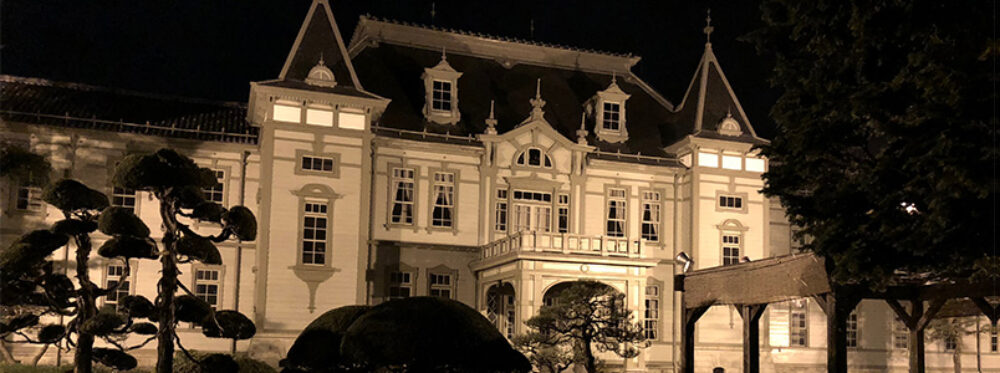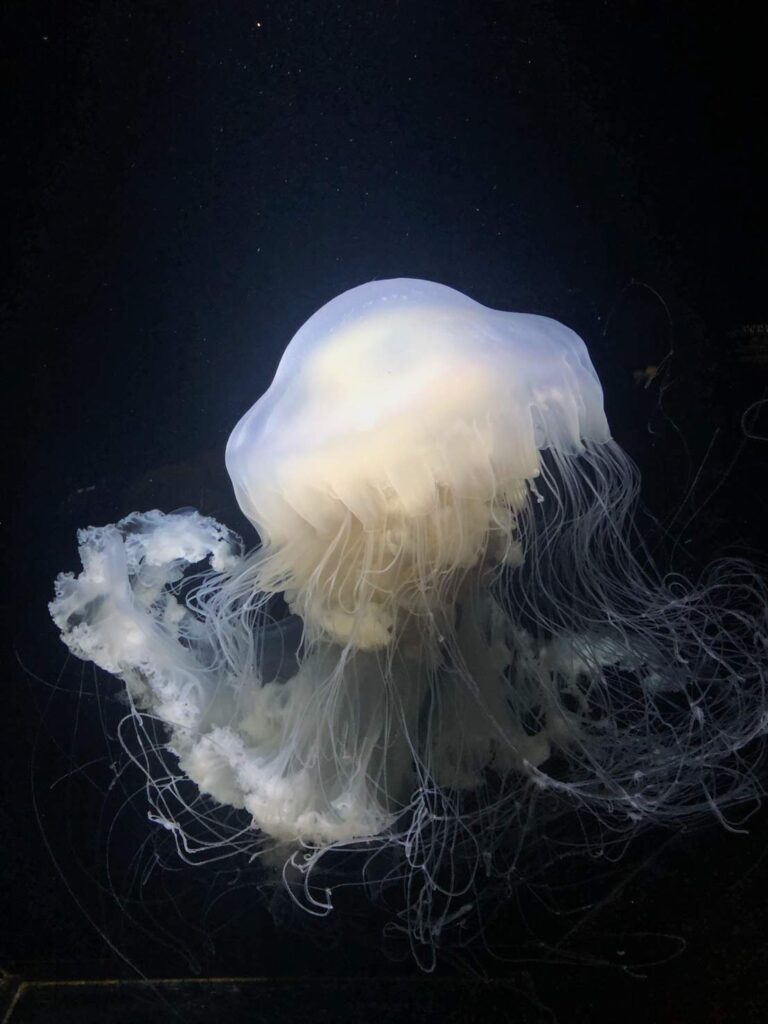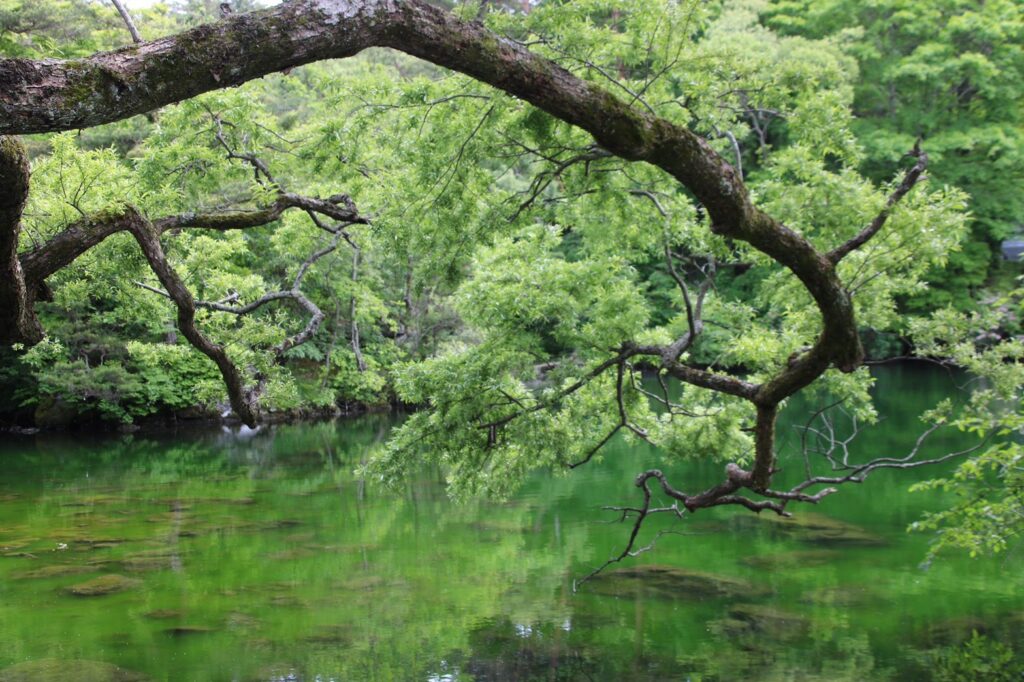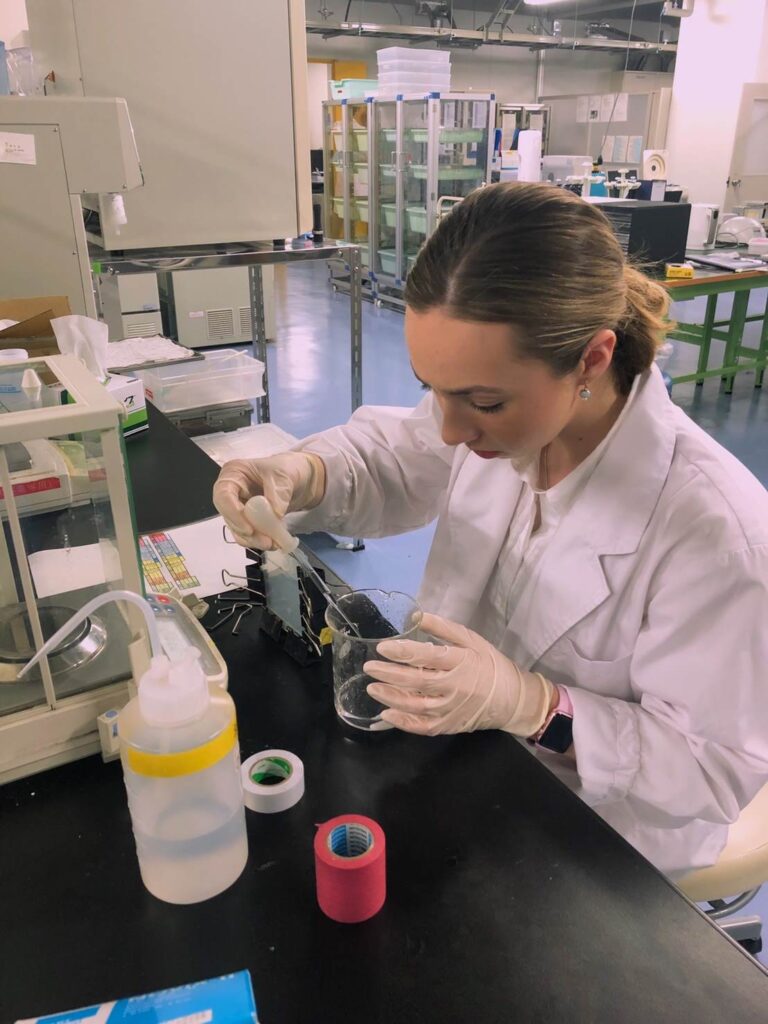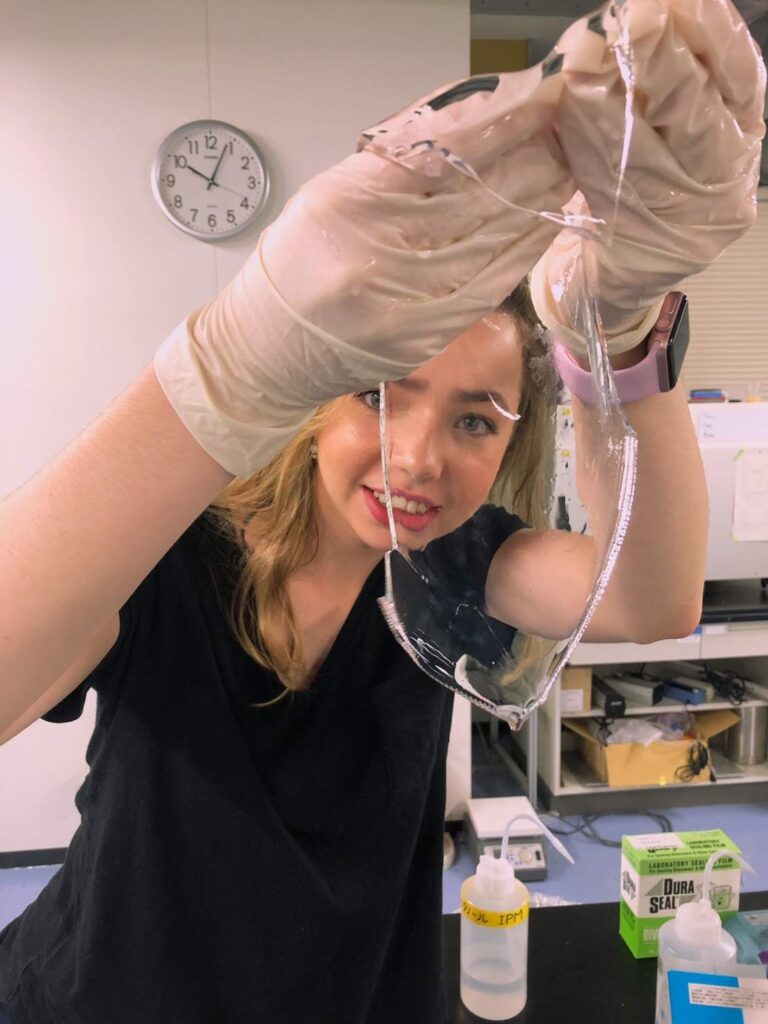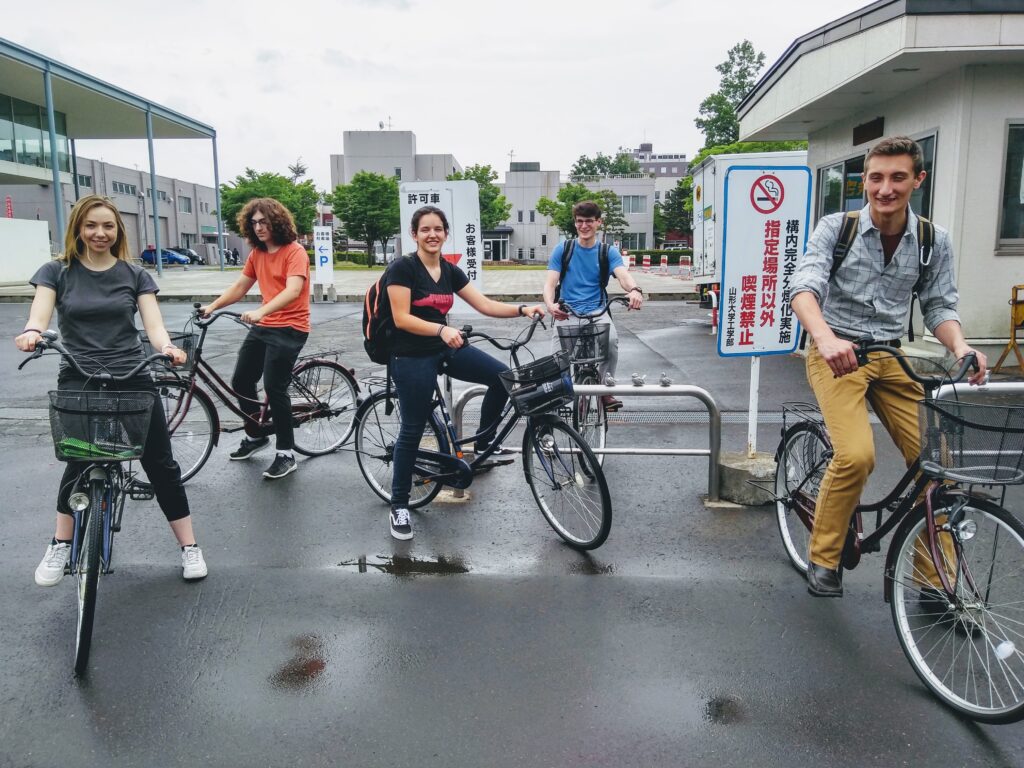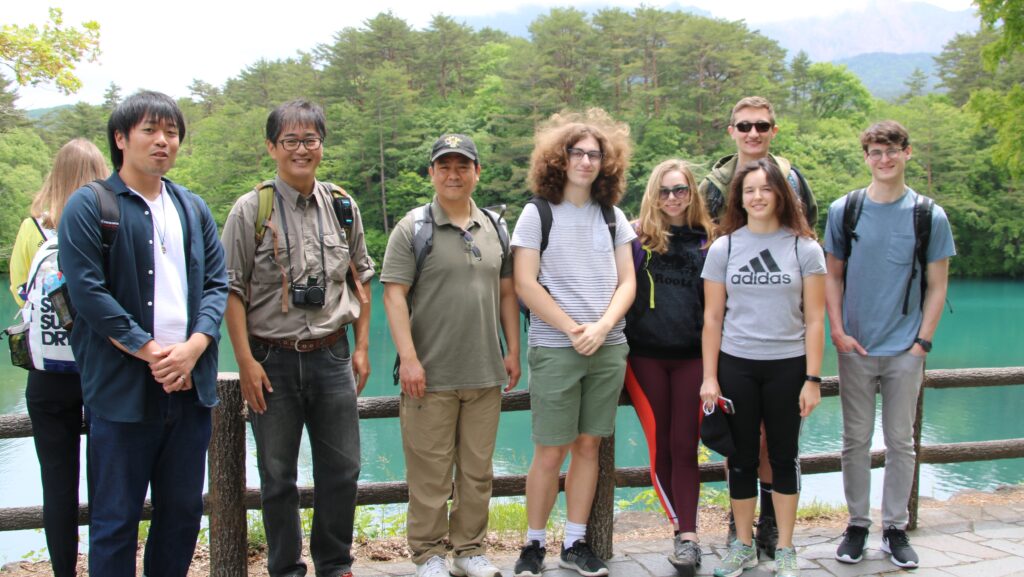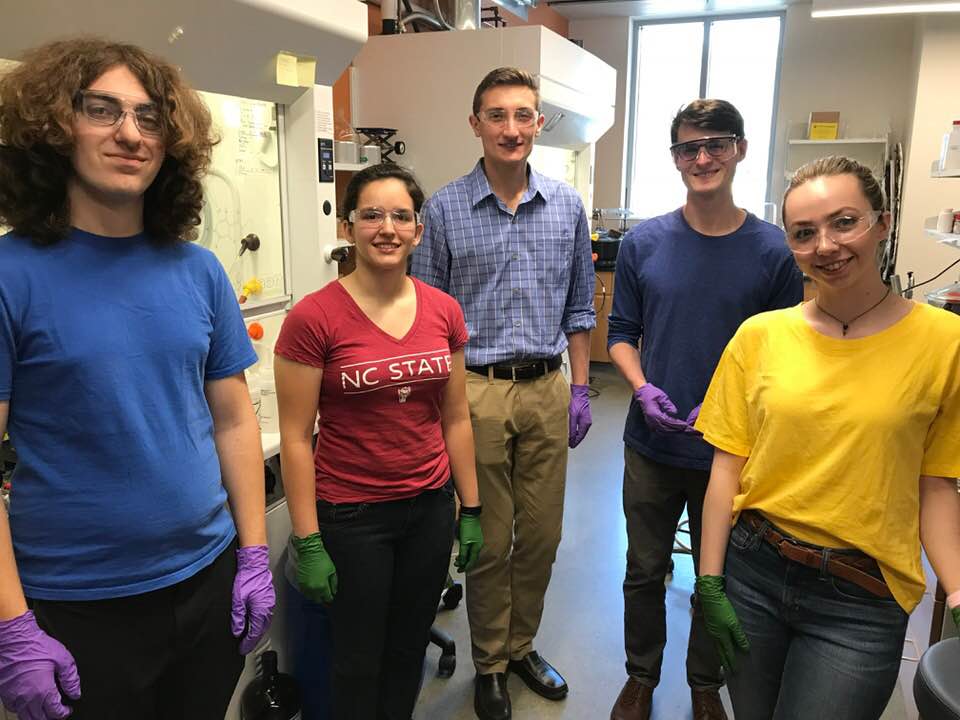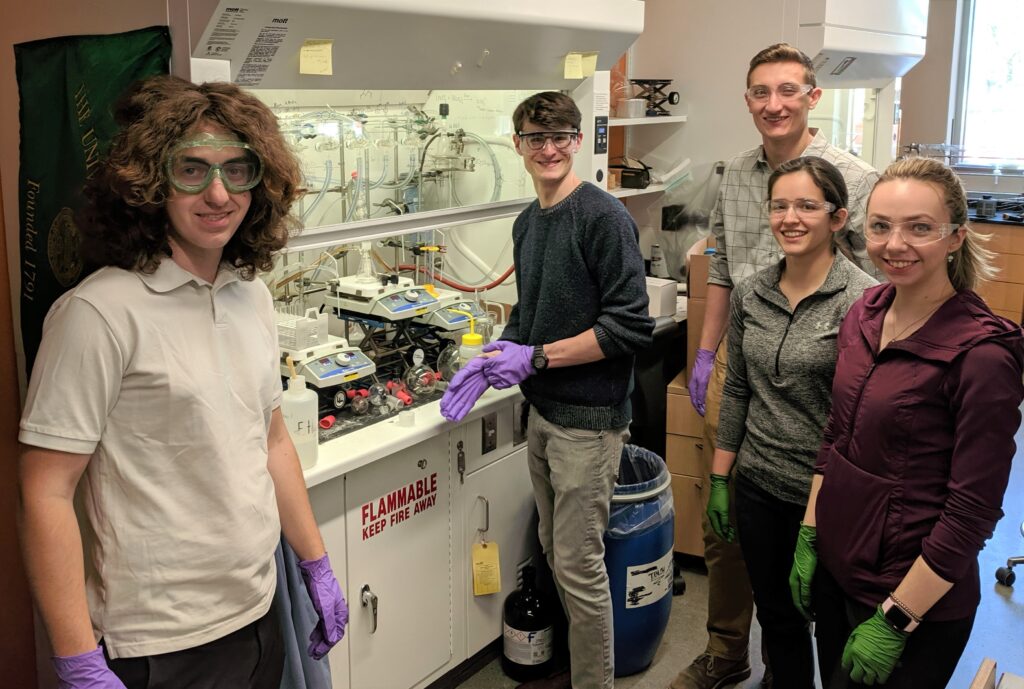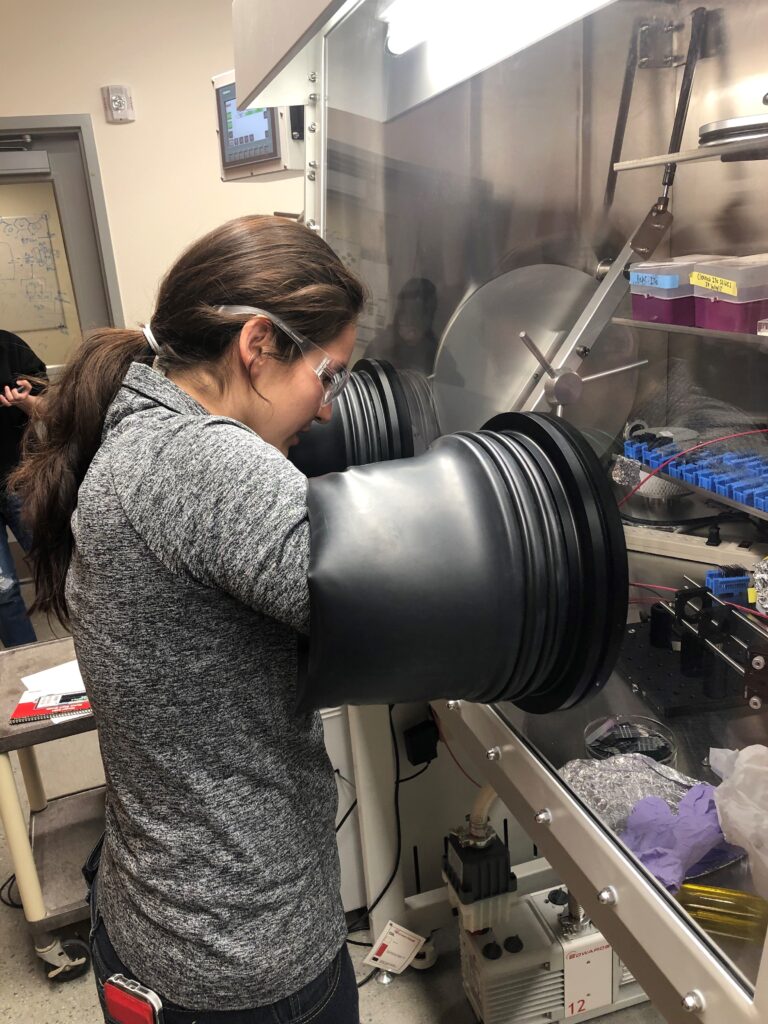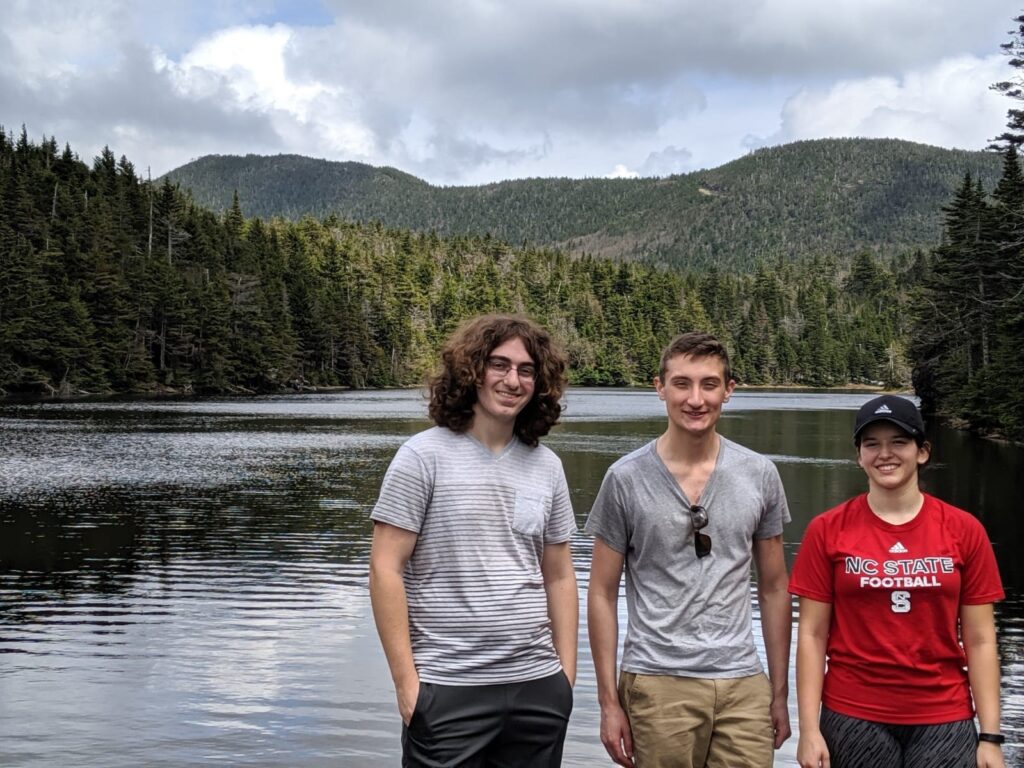by Daniela Fontecha Solano
IRESUVM Participant
Just over three weeks in Yonezawa and I have had the chance to experience a lot with our kind hosts. As food is a huge part of Japanese culture, we have been taken out to try all kinds of things. Upon our arrival, we tried a lot of sushi and ramen. We were also taken to izakaya restaurants, which are traditional restaurants that serve appetizers for the whole table to try. At the izakaya we tried a lot of gyoza (Japanese dumplings) and make-your-own sushi. Most recently we also went to eat okonomiyaki, which are best described as cabbage pancakes. At this restaurant, each table had individual stovetops and they gave you the ingredients for each okonomiyaki which you proceeded to mix and make yourself. Every meal has been very interesting here and the food is something that I’m going to miss when I get back home.
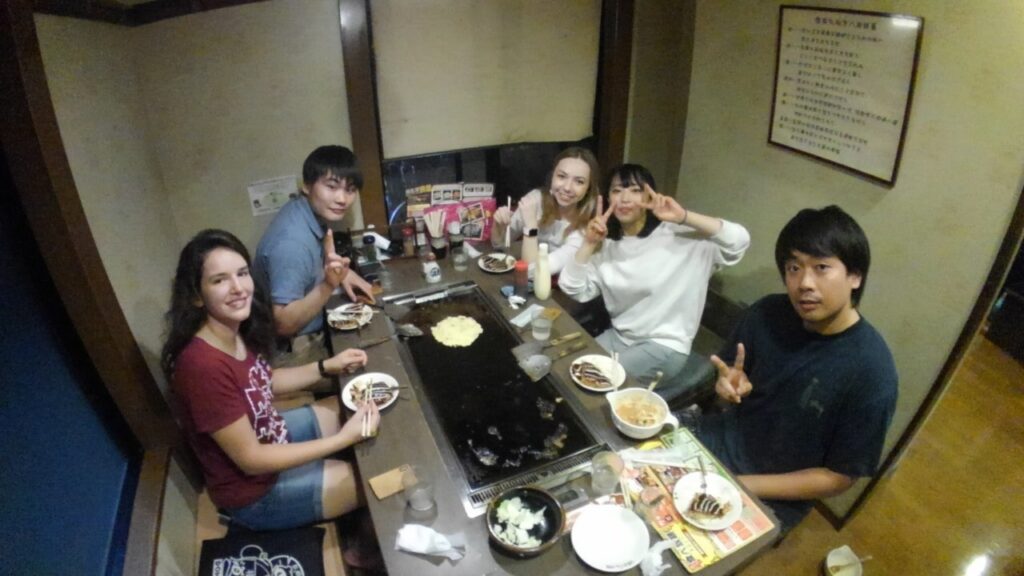
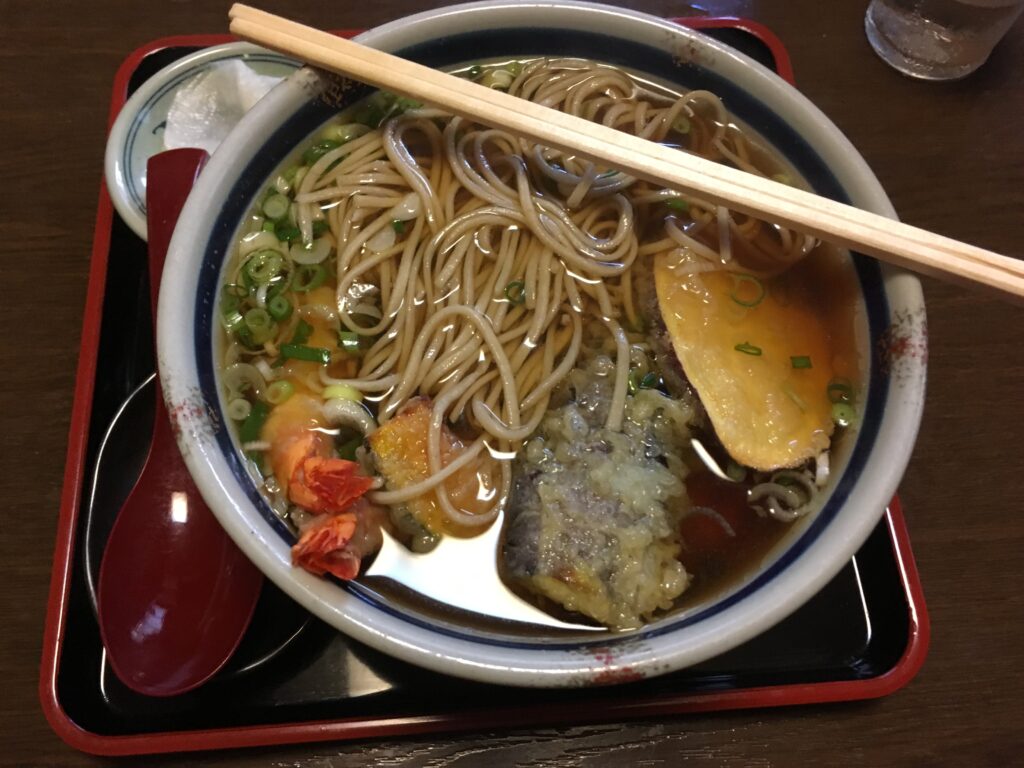
We have also had the opportunity to go exploring quite a bit. Yoshida-sensei took us to see Mt. Zao, which is an incredible volcano near Yamagata. We also had the opportunity to go cherry picking since it is cherry season here. We stayed for a little under an hour but it was enough to try every type of cherry in the orchard and get incredibly full from all the cherries. I have also entertained myself with local hiking, which is only a mile away from the dorms. One hike takes you up to the ridge of the eastern mountains of Yonezawa and allow you to see the rest of the landscape on the other side. Since it is the rainy season, the mountains are often covered in low-lying clouds which can make for amazing hikes.
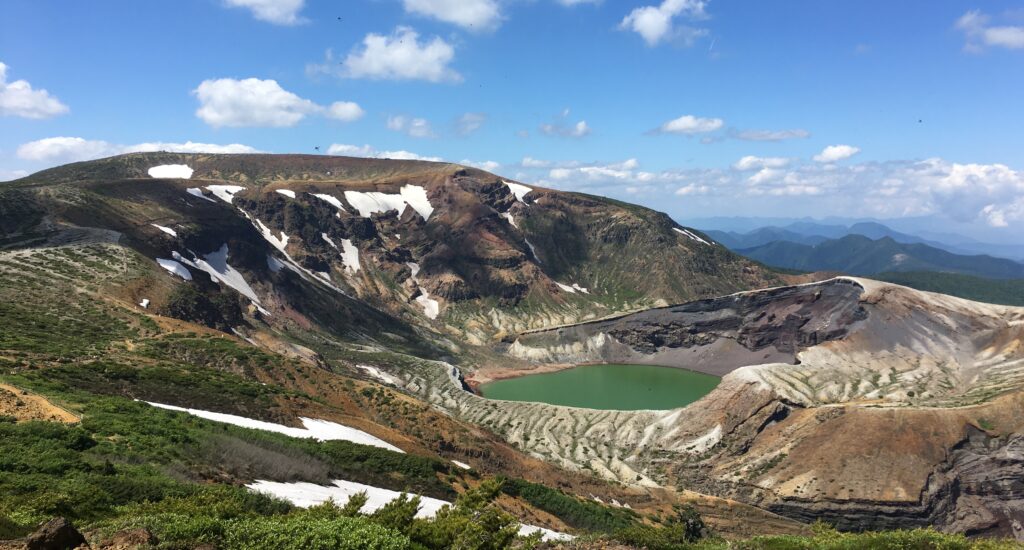
I have gotten settled into Masuhara-sensei’s lab with a working plan for my project, working with Sai who is a Master 1 student at Yamagata University. The graduate students at Yamagata University have impressed me with how much they communicate and interact with each other. They have all been very helpful and fun to learn from about their research.
